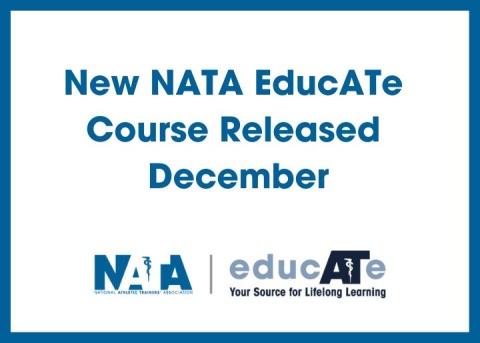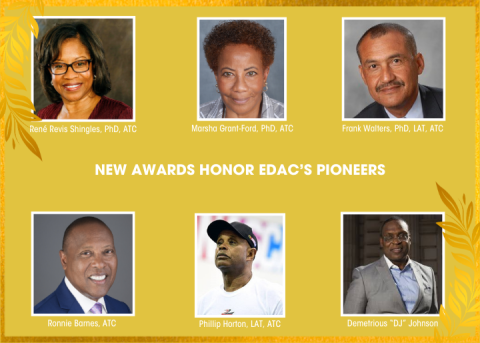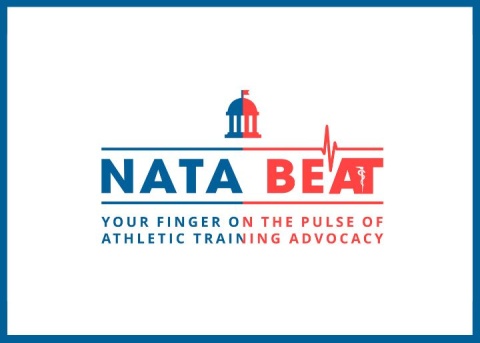
Throughout the history of athletic training, the college/university, higher education, professional sports, secondary school and various emerging settings have become home to athletic trainers wanting to care for all active populations. The impact of these ATs has helped their patients remain active and healthy in work, life and sport.
In honor of National Athletic Training Month this year, the March NATA News featured nine athletic trainers who are providing care to a variety of patient populations. They shared what drew them to the athletic training profession and their particular setting. They also shared how the AT’s essential skill set showcases this year’s NATM theme, “There’s an AT for That.”
Continue reading to learn more about NATA COPA Armed Forces Committee member Sarah de la Motte, PhD, MPH, ATC, and her athletic training journey in the armed forces setting.
Why are you passionate about your patient population/setting?
Musculoskeletal injuries are the most common reason for medical visits in the U.S. Department of Defense. Besides the financial cost to the taxpayer, there is a huge human cost of these injuries, with injured service members unable to perform their duties or deploy when injured. Many injuries also lead to discharge from service. Anything we can do to decrease musculoskeletal injuries and their effects greatly benefits service members and the country, as a whole.
Tell us about your most memorable day on the job.
My most memorable day on the job was during one of our recent data collection sessions. Along with our AT research team, we were able to recruit several local athletic training education program directors and students to join us for the day of data collection, where we screened over 400 Marines in one day. It was amazing to provide this experience to the future of the profession, and to explain to the Marines who we were.
How have you advocated for your position and the athletic training profession throughout your career?
I constantly advocate for the profession in the various forums I’m a part of and in the presentations I give. Also, I recently completed a term on the NATA COPA Armed Forces Committee and currently serve on the NATA Athletic Training and Public Health Task Force. No doubt, the most common question I get from ATs and future ATs is, “How can I work with the military?” It’s great, because the opportunities to serve and work with the military are only expanding and I’m happy to help make connections and describe opportunities for ATs to work with the military, not only in clinical or embedded roles, but also in research. I currently have eight ATs working with me in various research roles. All have transitioned from other traditional AT settings into military research, which has allowed them to continue to utilize their AT education and training in a non-traditional way.
Reflecting this year’s theme of “There’s an AT for That,” if you had to pick one essential skill ATs bring to all settings, what would it be?
Flexibility.
How are you celebrating National Athletic Training Month this year?
Our group is putting together some materials on ATs in the military setting, which will be available and promoted during March on Human Performance Resources by CHAMP (HPRC), a public-facing website. HPRC is the military’s go-to source for ways to maximize performance, fitness, wellness and nutrition and is hosted at our institution.





